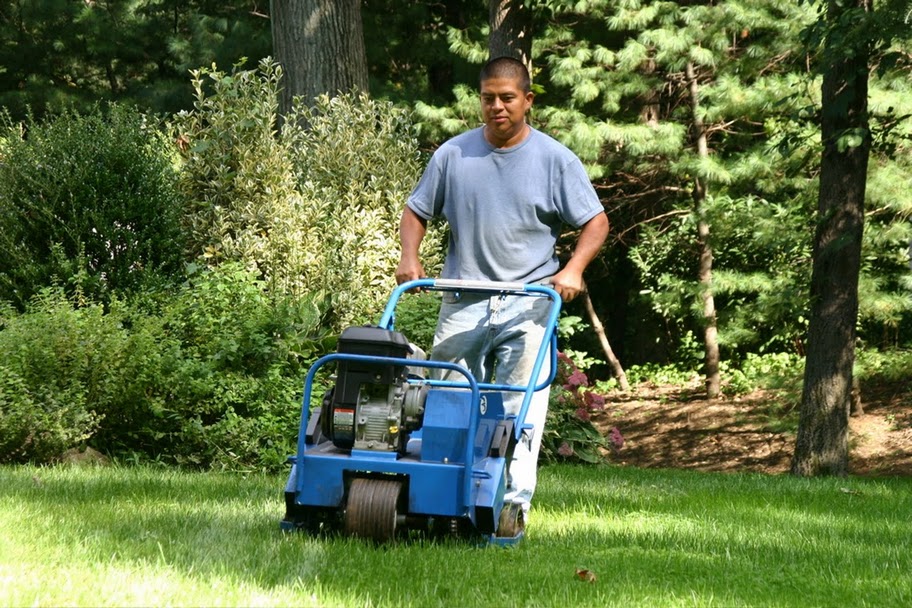What You Can Do
Long Island Sound is an estuary of national importance. This natural resource provides recreational fun for us, habitat for wildlife, and income to many local economies. However, the Sound is heavily affected by the 20 million people who live within 50 miles of the coastline. We all must do our part to make sure we understand how our everyday actions affect Long Island Sound and protect it however we can.

In Your Home
There are many ways that you can help Long Island Sound, by changing some simple things around your home. Remember, we all affect the Sound: items we put out with the trash or down the drain can eventually lead to Long Island Sound and pollute it. Learn More

Around Your Backyard
Polluted runoff is the main source of water pollution in the United States. Things you put on the ground, such as fertilizers, pesticides, pet waste, and chemicals, mix with rainwater (or the water from your sprinkler!) and are carried into the Sound. Learn More

In and Around Your School
As a teacher, you have a wonderful opportunity to teach the next generation about Long Island Sound and how their actions affect this resource. The Long Island Sound Study and its partners provide many free resources and opportunities for formal and nonformal educators. Learn More

In and Around the Sound
We use the Sound for so many fun activities—boating, fishing, hiking, swimming, and picnicking, just to name a few. As users, it is our responsibility to make sure that we are using the Sound in a responsible and sustainable way; so many generations to come can also enjoy this incredible natural resource. Learn More

Curbing Polluted Stormwater Runoff
Did you know that the way we care for our homes, lawns, cars, and streets says a lot about how much we care about the health of Long Island Sound? Learn More
